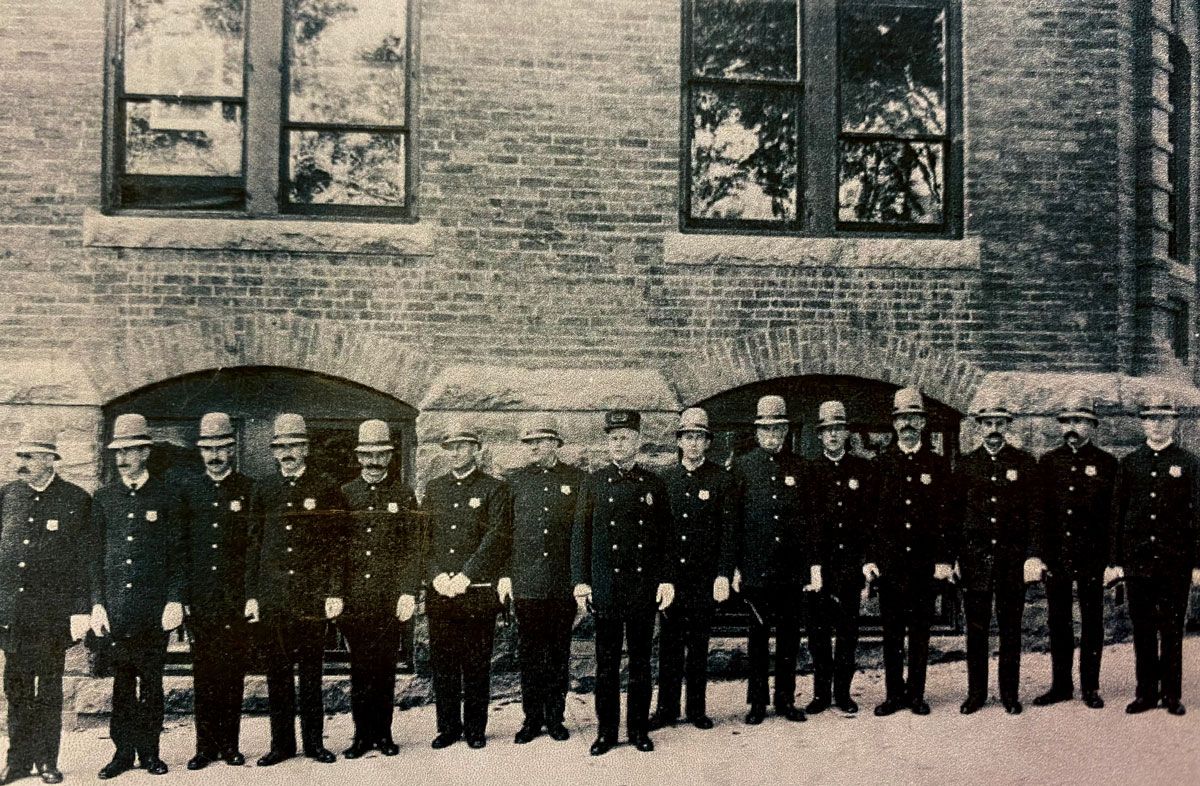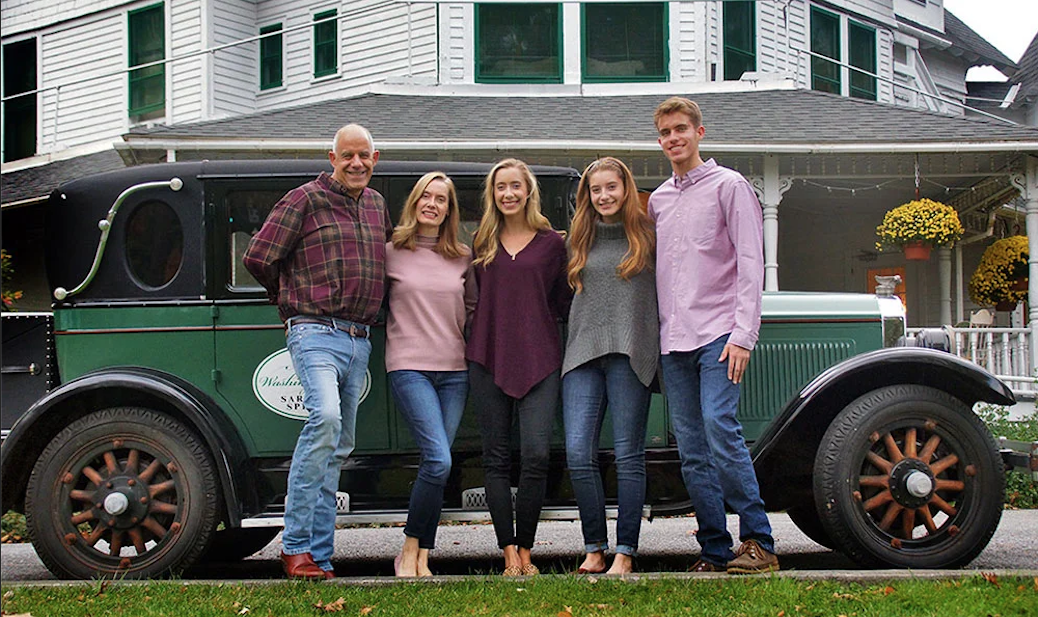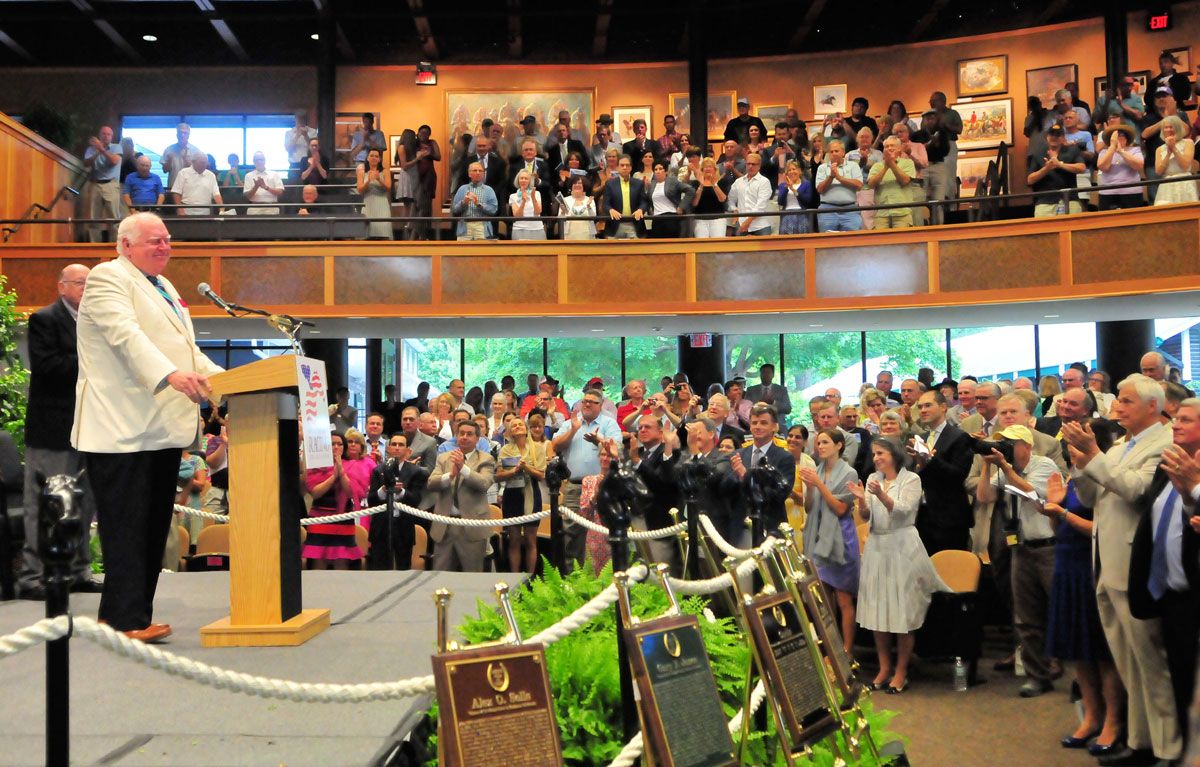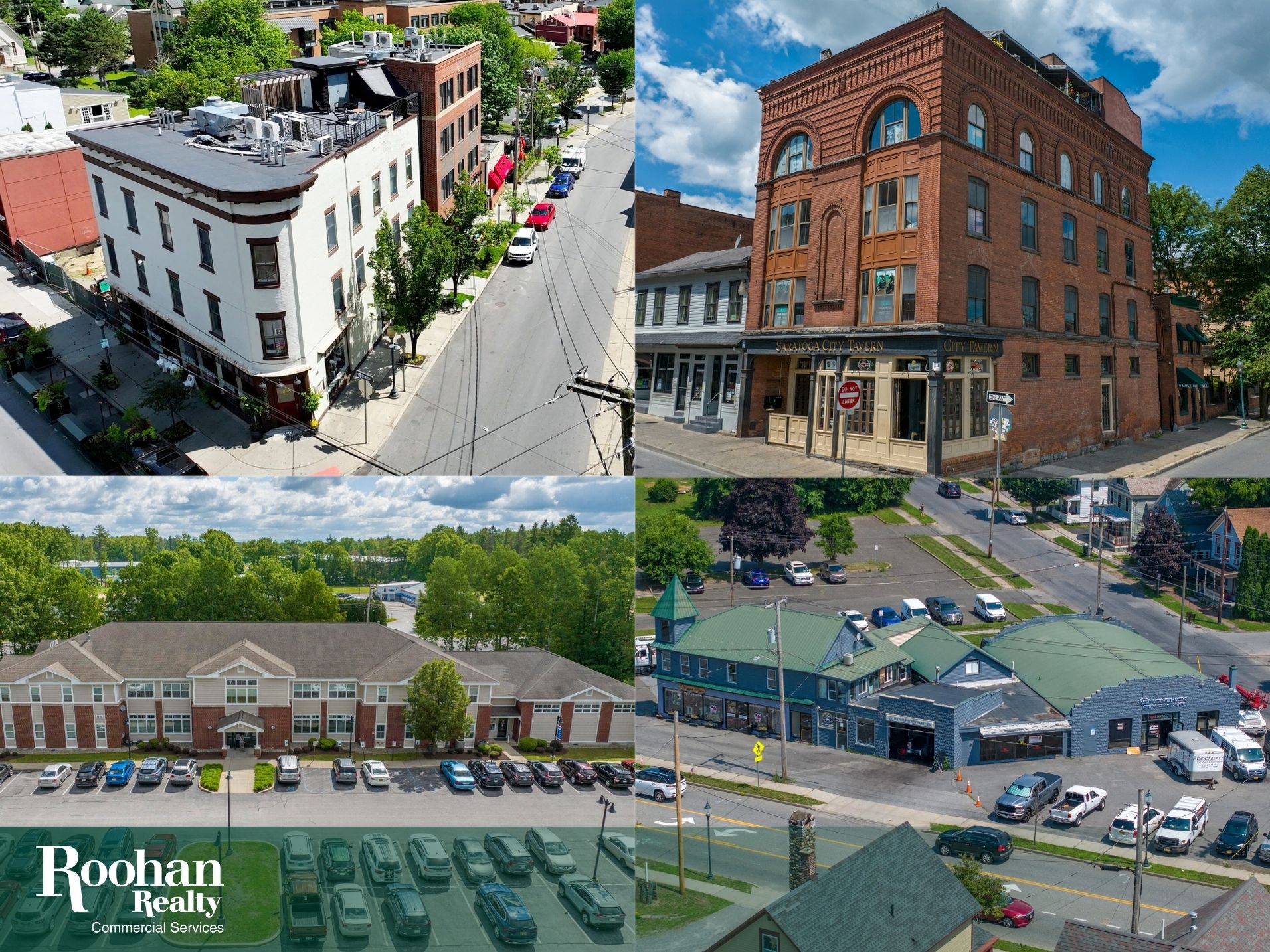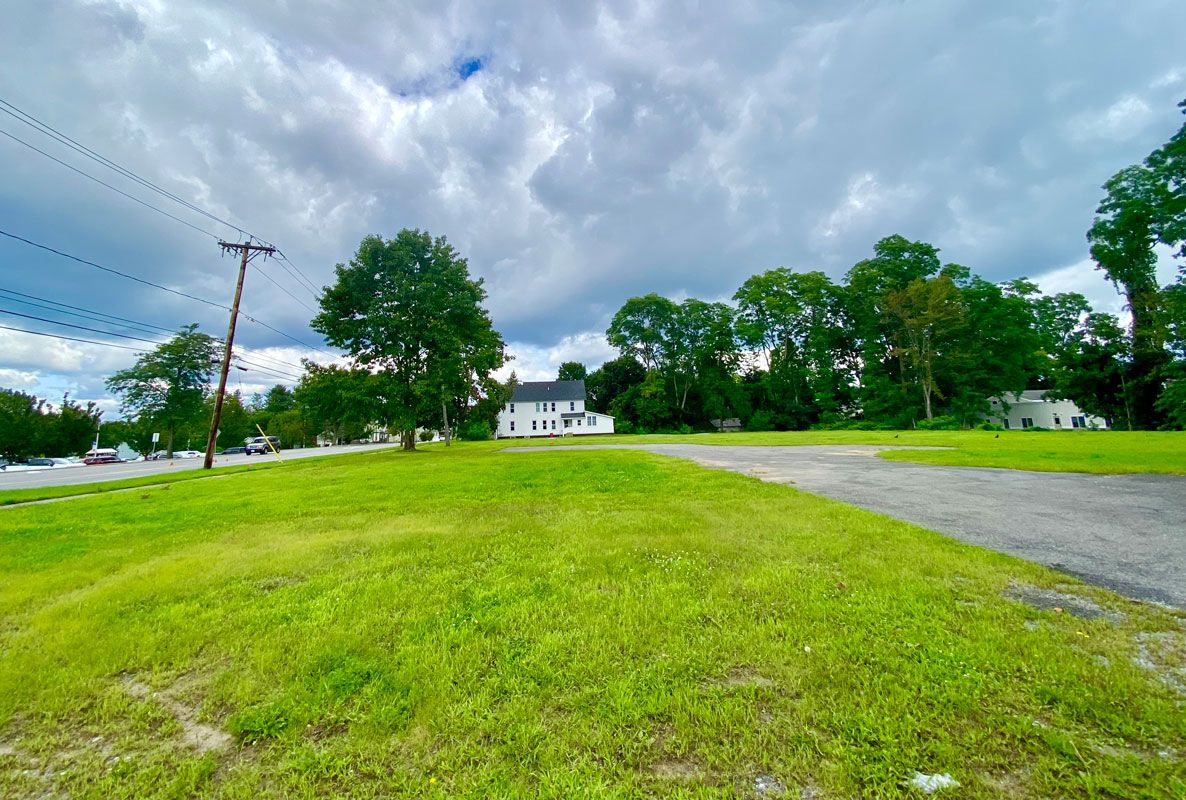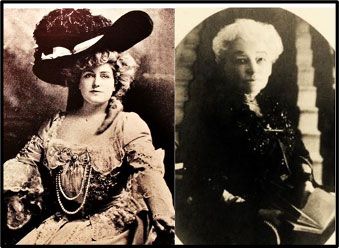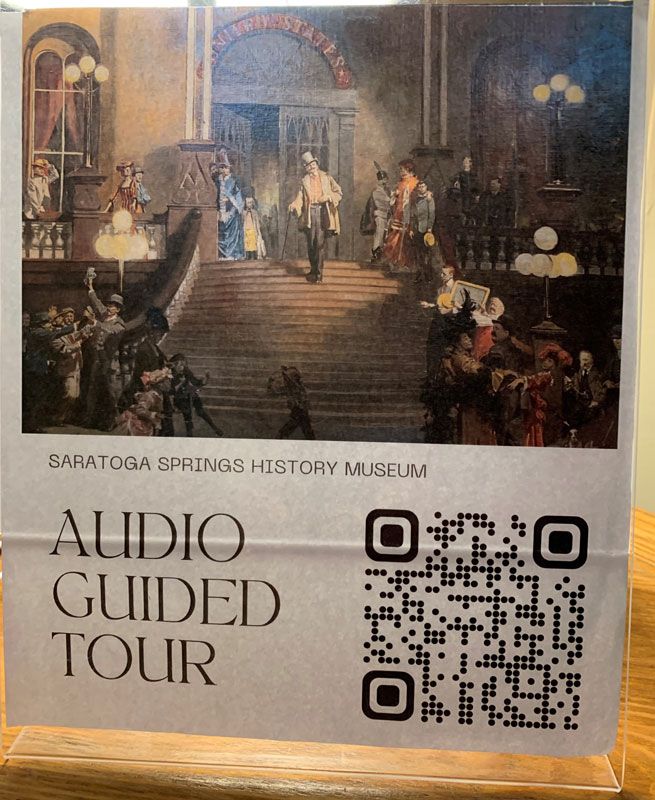City Eyes New $25 Million Police Station

5 Williams St., existing building view from the front on Aug. 28,2024. A multi-space parking lot is to the rear of the building. Photo by Thomas Dimopoulos.

City Police, photograph from Our Boys In Blue: A History of the Saratoga Springs Police Department, small pamphlet in archives of The Saratoga Room SSPL, published 2003.
SARATOGA SPRINGS – The city of Saratoga Springs is exploring building a new police station to replace its current home in the basement of City Hall which has served as its headquarters for nearly 150 years.
“The discussions are preliminary but it’s clear that eventually we need to plan for a new police station, and that’s what the Capital Budget (Plan) is for,” said city Public Safety Commissioner Tim Coll. “We’re looking at two possible locations at this time –one is right behind City Hall where the city employees park, and the other would be the old Senior Center.”
The city owns the land at both locations.
The 7,800 square-foot former Senior Center site at 5 Williams St. is currently in use on a short-term lease by RISE Housing and Support Services as the human services agency’s administration offices, while their own offices are under construction.
A plan eyeing 5 Williams St. would seek to demolish the building on site and construct a new three-story facility and relocating all police services and the communications center from City Hall to Williams Street. The general cost estimate – which includes demolition, construction, and the furnishing of a new 30,000-plus square foot facility lists $14 million as a Base Budget Estimate, with contingencies and allowances at a total cost of $23 million to $25 million.
The lot behind City Hall meanwhile has seen many designs that had previously proposed it as a location for a new public safety facility. At various times those plans have included a multi-parcel public-private collaboration to include a cinema, a 500-car parking garage, and other amenities. A City Center Parking garage and pocket park have since been developed along a good segment of the location, and a cinema sited a few blocks away.
The Public Safety Department’s long-range proposal specifically details $21.8 million in a Capital Plan over a five-year period beginning in 2025 to fund a police department facility, according to documents submitted by the 2025 Capital Program Committee to address priority city needs from 2025-2030.
Historically
On April 26 1887, the State Legislature approved an act that created the Saratoga Springs Police Department. The department employed 8 men to serve and protect a population of 11,500 in the days prior to fingerprinting systems, computer databases, radio communications and DNA technology, when police technology largely consisted of the gun and the nightstick. The annual salary of the men started at $500, with higher-ranking officials earning as much as $1,300 per year.
More than a century later, the department in 2024 staffs 98 men and women to serve and protect a city of about 30,000 residents year-round, with a visitors’ capacity that grows in multitudes when the temperature grows warmer and the sun hangs longer in the sky. In 2023 SSPD officers handled 27,643 calls for service, 3,606 cases, and made 851 arrests.
The growth of the department has resulted in significant operational challenges inhibiting organizational efficiency and effectiveness in the current station location, according to officials. The lack of workspace forces the sharing of desks and the usage of single spaces for multiple public safety purposes not always conducive or in concert with one another. As well, it places SSPD’s Command Staff Offices in the century-old basement of City Hall in windowless rooms.
Feasibility studies related to the development of a new public safety facility in the city date to the mid-1970s, and more than a half-dozen reports were conducted during the decades that have followed. In 2006, a committee was formed to help develop a new station and the City Council seated at the time explored multiple proposals for a new facility, but no majority approval could be secured for any of the plans. Subsequently no action was taken.
Renovations and upgrades have been made to City Hall in the time since, but the restrictive space of the current police department is less than ideal, officials say.
“It’s not a modern-functioning police station,” Commissioner Coll said.
“I take insurance company recommendations to heart, and their recommendation was that we need to have a new facility. We can’t have prisoners walking up and down Broadway – you look at modern policing, they have a sally-port,” said Coll, referring to a secure area used to load and unload prisoners. “The police department is in the basement of City Hall (and) It’s really not conducive to modern policing.”
Every year, the city prepares a six-year Capital Budget plan that includes a prioritized list of capital projects the city wishes to get done and costs associated with those projects. Even as the plan stretches over a six-year period, the council votes on the Capital Budget one year at a time and may be altered year-to-year.
Overall, the construction cost for the new police headquarters facility is estimated to range from $23 million to $25.5 million. About $1.5 million in sitework and demolition costs are anticipated to be required at the department’s existing space at City Hall.
The preliminary long-range plan for a new police station looks to set aside funds in this proposed timeline: $1.5 million (in 2025), $5 million (in 2026 and again in 2027), $10 million (in 2028), and $300,000 in 2029. The City Council is expected to host a Public Hearing and hold a discussion and potentially vote on the 2025 Capital Budget and Capital Program at its meeting on Tuesday night Sept. 3.
